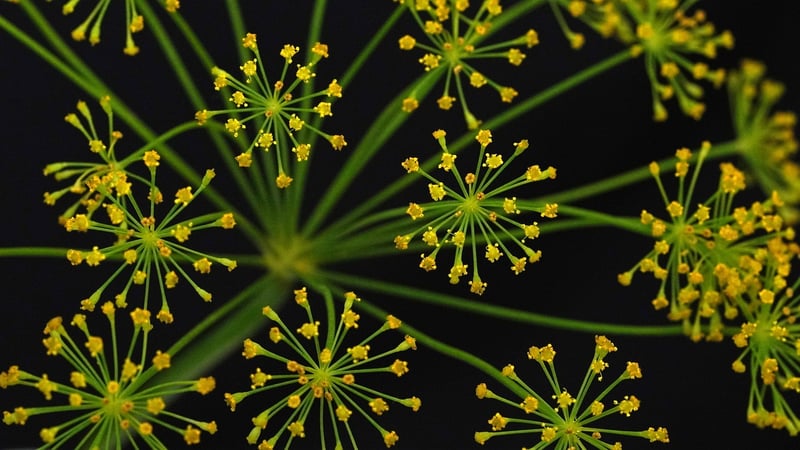Ethnic Spices
The Essence of Ethnic Spices: Exploring Key Components
Spices are the secret ingredients that elevate dishes from ordinary to extraordinary. They add depth, flavor, and complexity to our meals, taking our taste buds on a culinary journey around the world. In this article, we delve into the world of ethnic spices, exploring key components that define various cuisines.
1. Garam Masala - India
Garam Masala is a quintessential spice blend in Indian cuisine, known for its warm and aromatic flavors. It typically includes a mix of cinnamon, cardamom, cloves, cumin, coriander, and black pepper. This versatile spice blend adds a burst of flavor to curries, stews, and grilled meats.
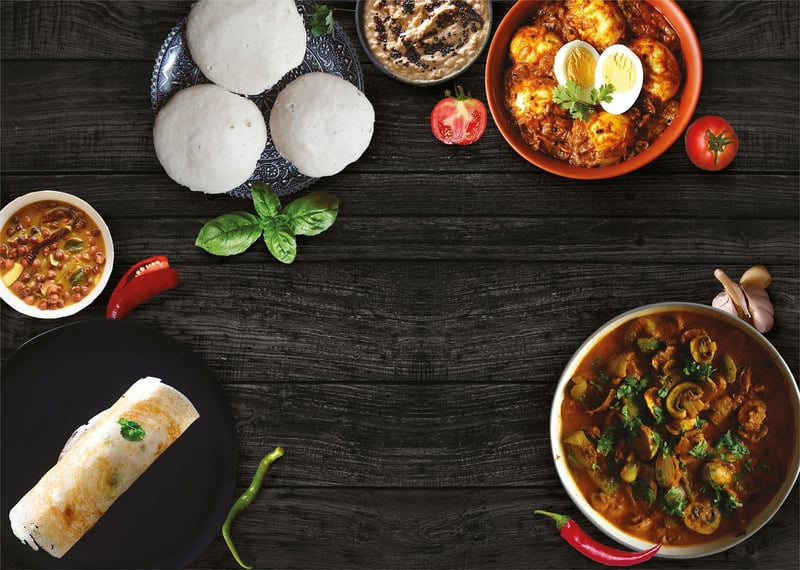
2. Za'atar - Middle East
Za'atar is a popular Middle Eastern spice blend that combines dried thyme, sumac, sesame seeds, and salt. It is often sprinkled on flatbreads, salads, and roasted vegetables. Za'atar adds a tangy, herbal flavor that is distinctive and delicious.
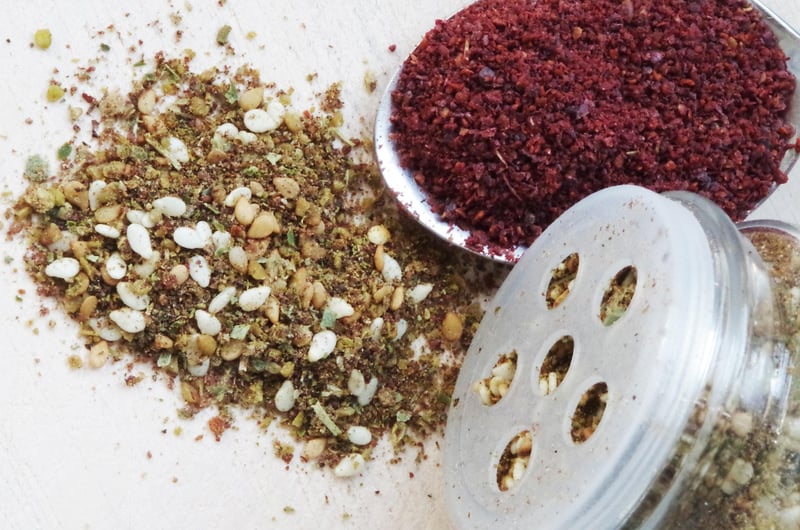
3. Gochujang - Korea
Gochujang is a fermented Korean chili paste that is both spicy and savory. It is made from red chili powder, glutinous rice, fermented soybeans, and salt. Gochujang is a staple in Korean cuisine, used in marinades, sauces, and stews to add depth of flavor and heat.
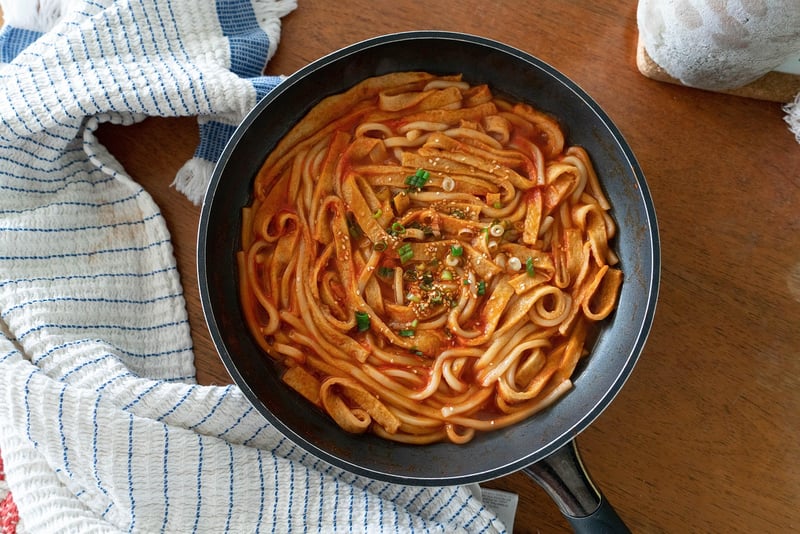
4. Ras el Hanout - North Africa
Ras el Hanout is a Moroccan spice blend that translates to "head of the shop," indicating a mix of the best spices a seller has to offer. It typically includes a blend of warm spices like cinnamon, cumin, coriander, ginger, and cloves. Ras el Hanout is used to season tagines, couscous, and grilled meats.
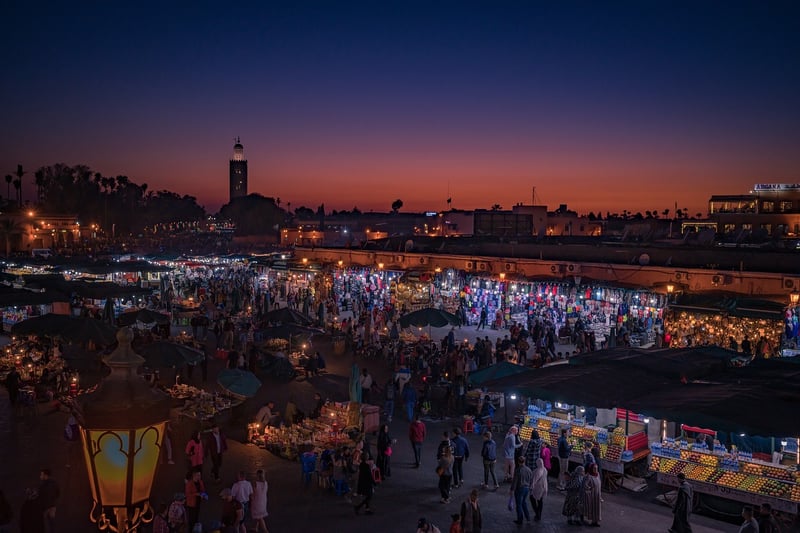
Exploring ethnic spices opens up a world of flavors and culinary possibilities. Incorporating these key components into your dishes can transport you to distant lands and immerse you in rich and vibrant food cultures. So, spice up your cooking and embark on a flavorful adventure!
